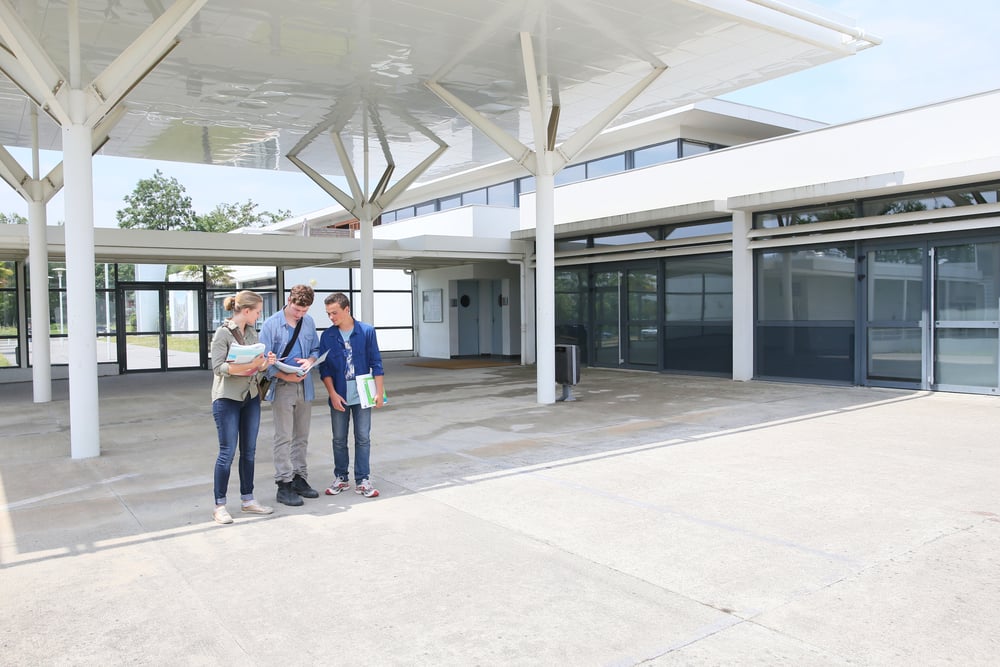Social Mobility Index and the June 2022 SMC Report
June 2022 saw the release of the State of the Nation 2022 report from the new Social Mobility Commission headed up by Katharine Birbalsingh. While the report has a lot of useful insight into the current state of social mobility perhaps the most essential piece of information is the changes to the social mobility index. The index is changing from a method specialised for measuring geographic differences in social mobility to a full recording of the causes and outcomes. This will better help the commission understand the full lifecycle of social mobility factors and interventions to help inform policy decisions.
They hope that this comprehensive data set will help them achieve their goal outlined in our first ‘need to know’ point:
They are Moving Away from a “One Size Fits All” Approach.
The new commission feels that before social mobility policy was too heavily focused on those able to make the largest upwards move. Encouraging people to move along a single path of attending university, achieving top qualifications and moving into high paying careers. They feel that this mindset excluded those affected by generational poverty and without basic academic skills. While these groups are unlikely to reach university, they still have the potential to improve from their starting point.
Instead of focusing on making the largest leaps possible, the new commission wants to open social mobility opportunities to the widest audience they can; empowering them to use their diverse talents to improve their occupational and social opportunities to allow them to live their life in a way which gives them purpose.
Taking on such a monumental task will require a lot of information to ensure that the right decisions are being made though:
Drivers and Outcomes in The New Social Mobility Index
Drivers are the factors with good evidence of increasing rates of upward social mobility. These include educational opportunities and social capital, which can reduce the impact of parental circumstances on a child’s opportunities for social mobility. Intermediate outcomes are a comparison between a young person’s occupational class and their current point measured annually with the data being pooled every 5 years. This pooled data is then analysed to examine how different characteristics and circumstances interact with drivers and outcomes. This analysis will allow for informed policy decisions relating to education, employment, and enterprise to continue to set up stronger opportunities for social mobility into the future.
The Social Mobility Index Will not be Static
The new index is not meant to be the final word on social mobility, instead the commission hopes that it will mark the opening of a new conversation which will continue to develop with time.
The original drivers selected for the index were decided with support from experts in economics, sociology, and education. However, the index is intended to be dynamic with the ability to add remove or adapt drivers and outcomes as research on these variables continues. Some drivers which are currently under consideration to be added to the index include digital connectivity and crime levels in an individual’s home.
The time frames used in the index are also set to be developed. As data becomes available the index will be opened to include mobility outcomes for those in later stages of their working life. Comparing these with intermediate outcomes will improve understanding of the rate at which different factors affect social mobility as well as to help ensure that policy decisions lead to sustainable long-term growth.
To understand why these decisions are being made it’s also important to understand where the UK is currently when it comes to social mobility:
The Current State of Social Mobility
The UK has seen no significant decline in the rates of absolute or relative occupational mobility for decades, overall, there are still more people moving upwards from their parent’s occupational class compared to moving down. On top of this, the gaps in children’s educational performance, degree attainment and occupational attainment between those from higher and lower socio-economic backgrounds have begun to close over the past decade
This doesn’t mean there isn’t still work to be done though. The surplus of people moving upwards is shrinking as after 70 years the rate of growth of the professional class is slowing. Income mobility is also lower today than in 1970 and both the social mobility report and findings published by Goldman Sachs show that the UK ranks poorly amongst developed nations in income mobility and inequality.




